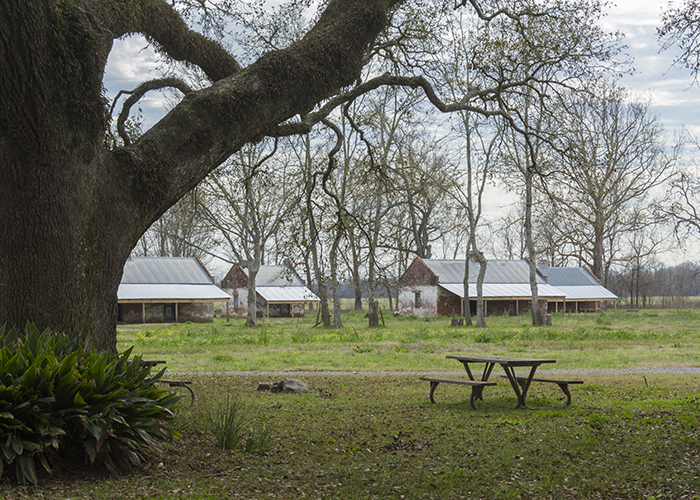 Previous Day |
Monroe, LA → Cane River Creole NHP → New Orleans, LA 341.0 mi (548.8 km) |
 More 2019 Adventures |
It was a simple plan, everyone!
I only had one stop planned for my return from Monroe to New Orleans today: Cane River Creole National Historical Park. It was a long drive already, but there were some unexpected hiccups that made me realize how GPS can really stand for “Going Places Slowly!”
It started with a train of logging trucks on narrow roads and continued on my arrival to the first of the park’s two plantations, Oakland. Even though the site said the park would be open today, it sure wasn’t! There was no one around, and all the gates were locked with nary an explanation to be seen! That meant I had to look in from outside.
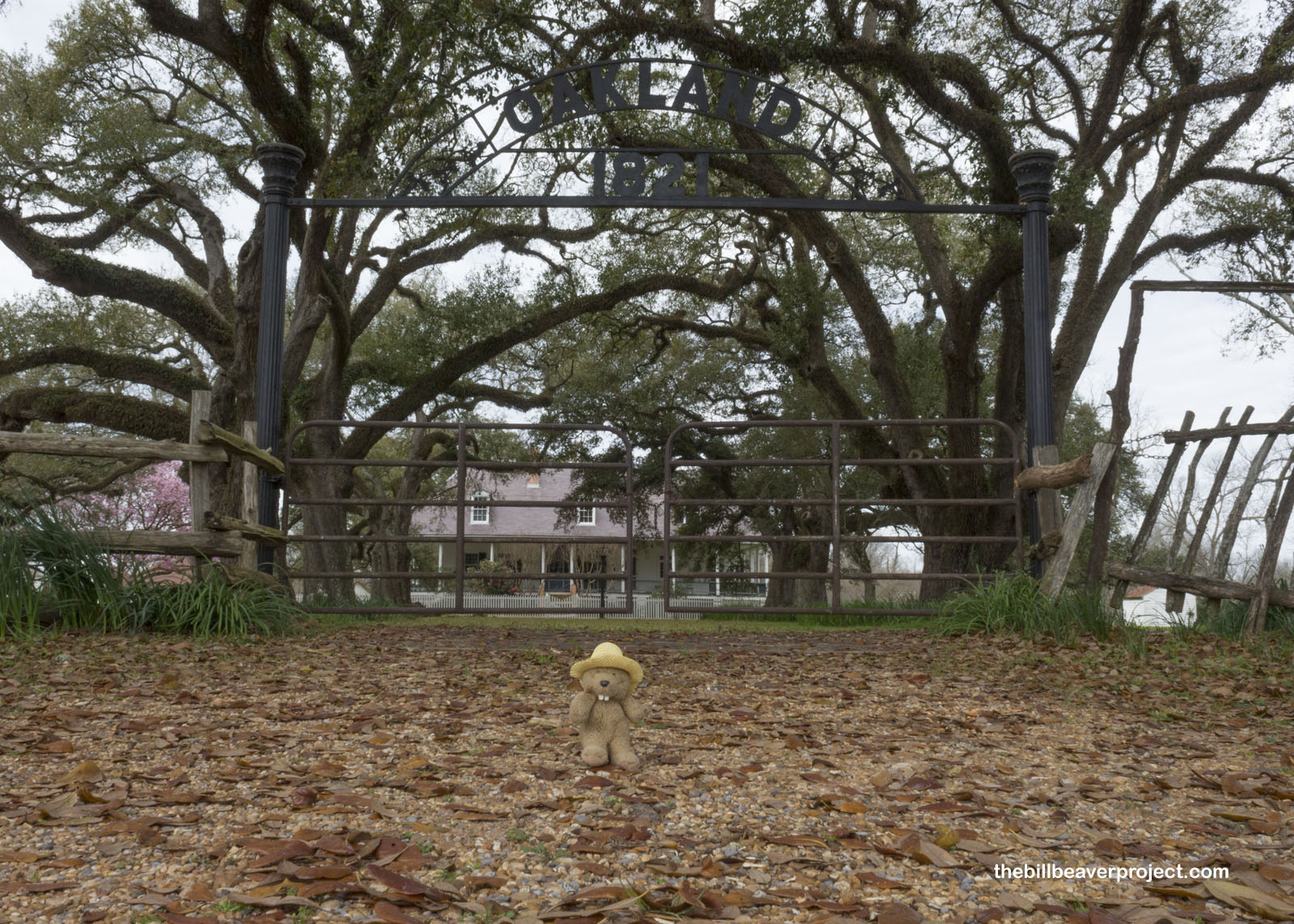 |
Oakland Plantation was founded by Jean Pierre Emanuel Prud’homme in 1785, and tradition holds that his was the first family to start mass producing cotton west of the Mississippi! They owned and ran this plantation for eight generations!
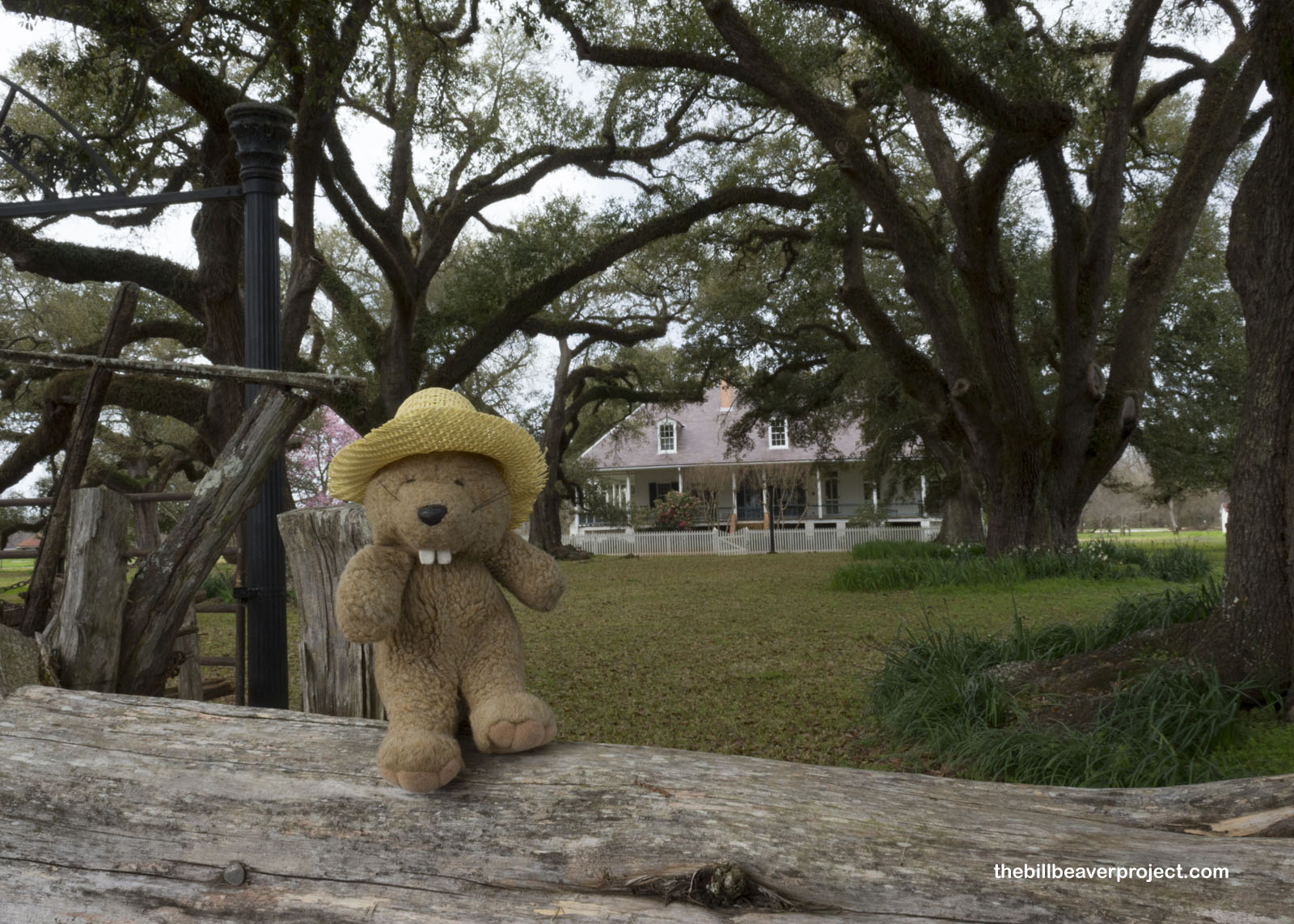 |
My gas light was on, but I couldn’t use the historic pumps of the Prud’homme store, which closed in 1968. No matter! It was a short distance from here to the next plantation and then to the next real gas station. At least, that’s how it would have worked in theory!
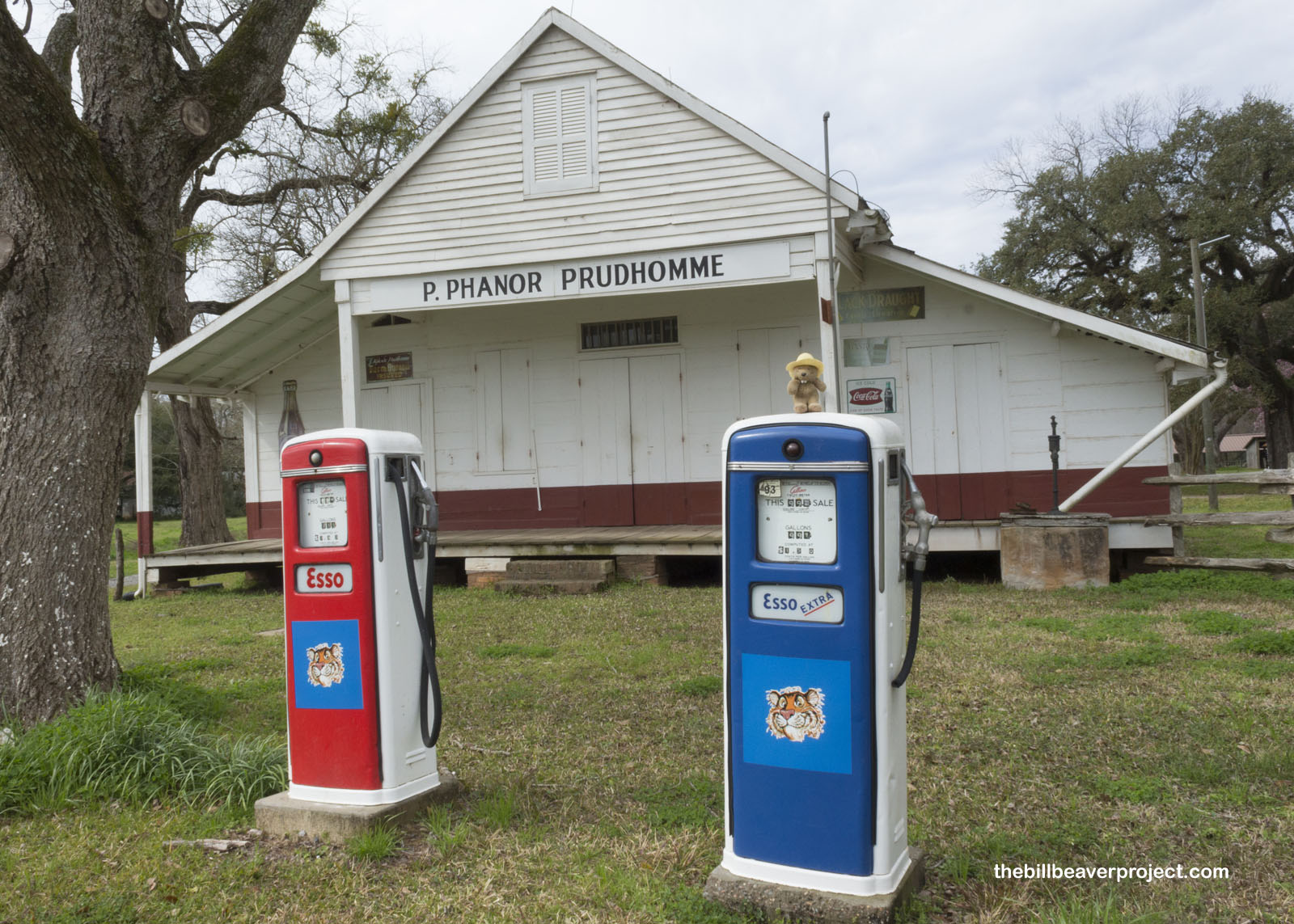 |
The only problem was, there was a secret road closure between the two plantations, and I got directed down the long, winding loop of LA-119 and LA-484, which took me right back to where I started then to a trailer park on the wrong side of the Cane River! What should have been a 15-minute drive turned into 45 minutes! So I turned off the GPS and went by the road signs instead.
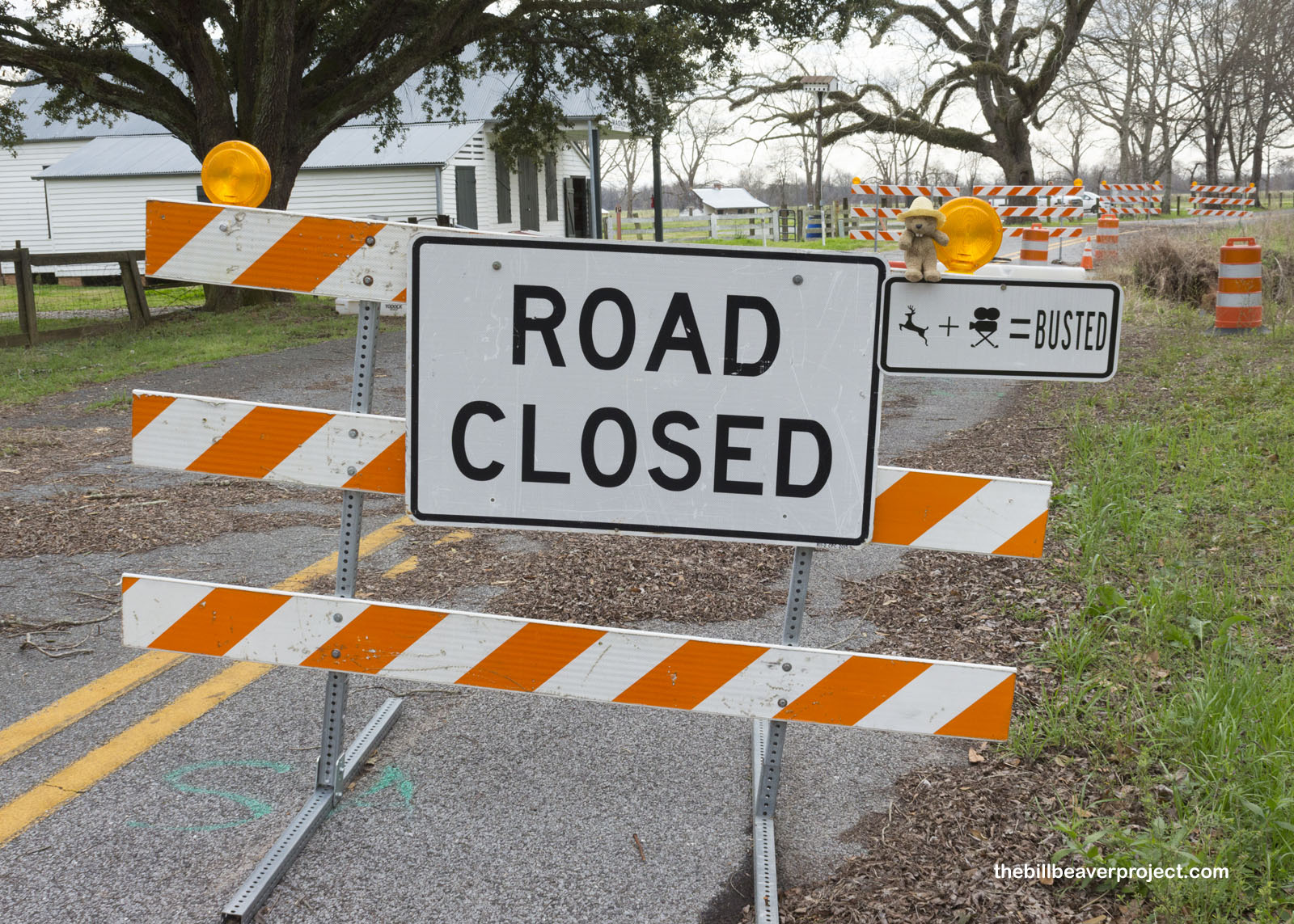 |
Unlike Oakland, the main house of the Magnolia Plantation was completely closed off to public visitation. Shrouded in ancient oaks, it was hard to see much more than bits and pieces of the home of the Hertzog family. Nonetheless, I pulled up in front of their house and weaved through the road closure signs to see the remains of their historic plantation!
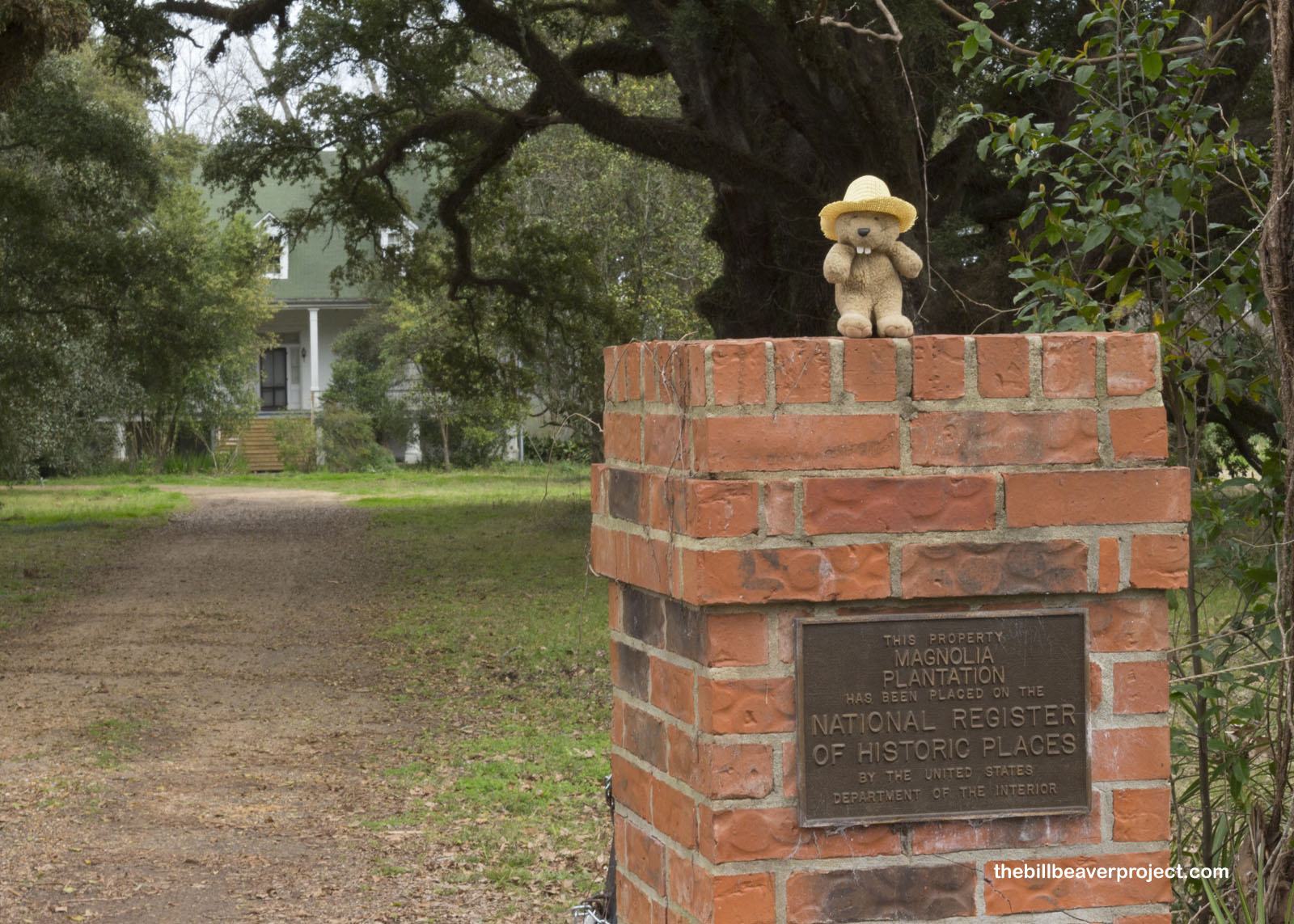 |
The land grant for this plantation came from the French government in 1753, but it wasn’t made into a full-blown cotton empire until 1835 under Ambrose LeComte II and his wife, Julia! They owned over 6,000 acres of cotton-picking land and had a passion for breeding and training racehorses!
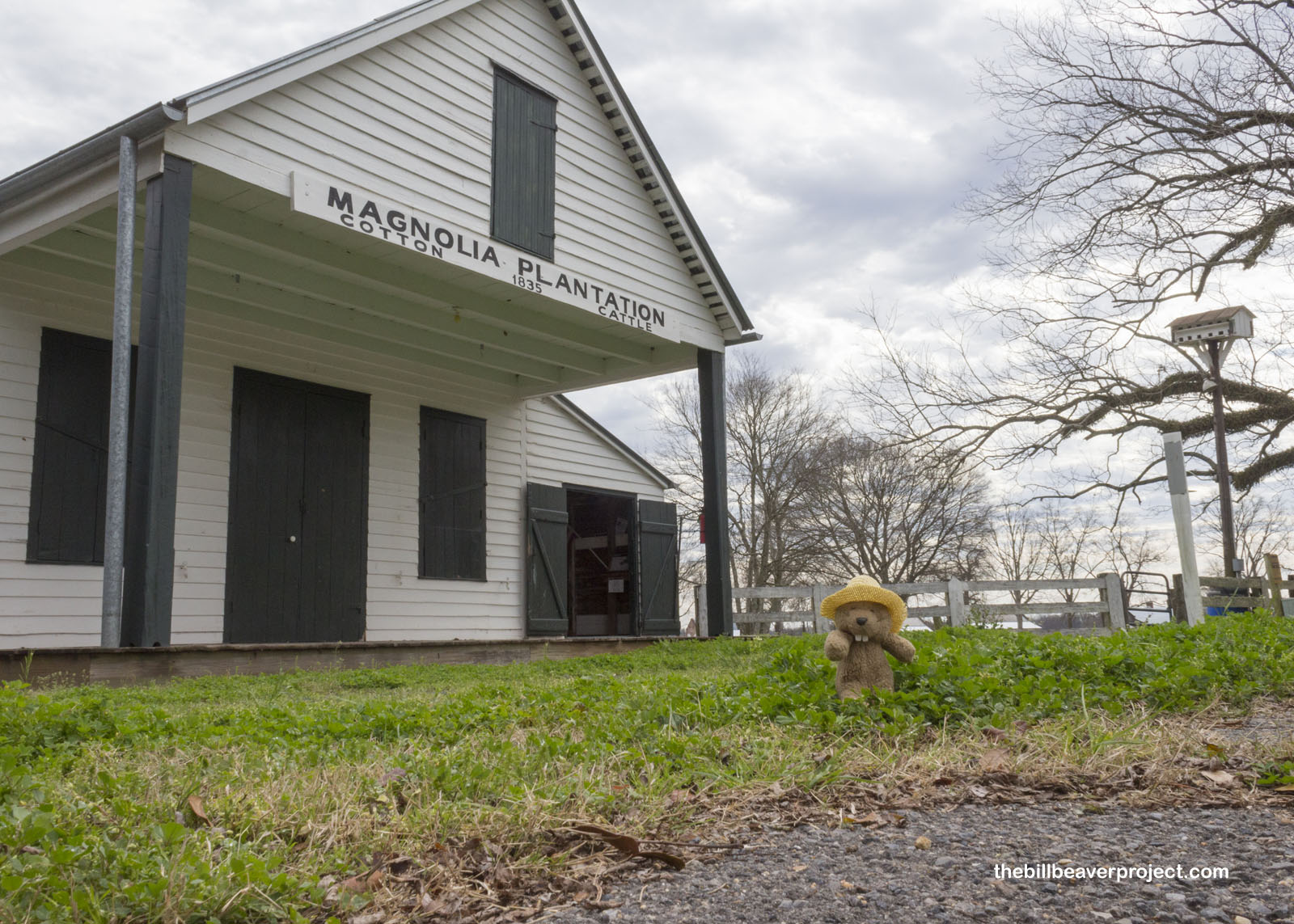 |
Many of the structures of their plantation still stand today, like the blacksmith shop, and the pigeonnier, where the LeComtes continued the medieval European tradition of keeping pigeons, for food, for status, and for fertilizer!
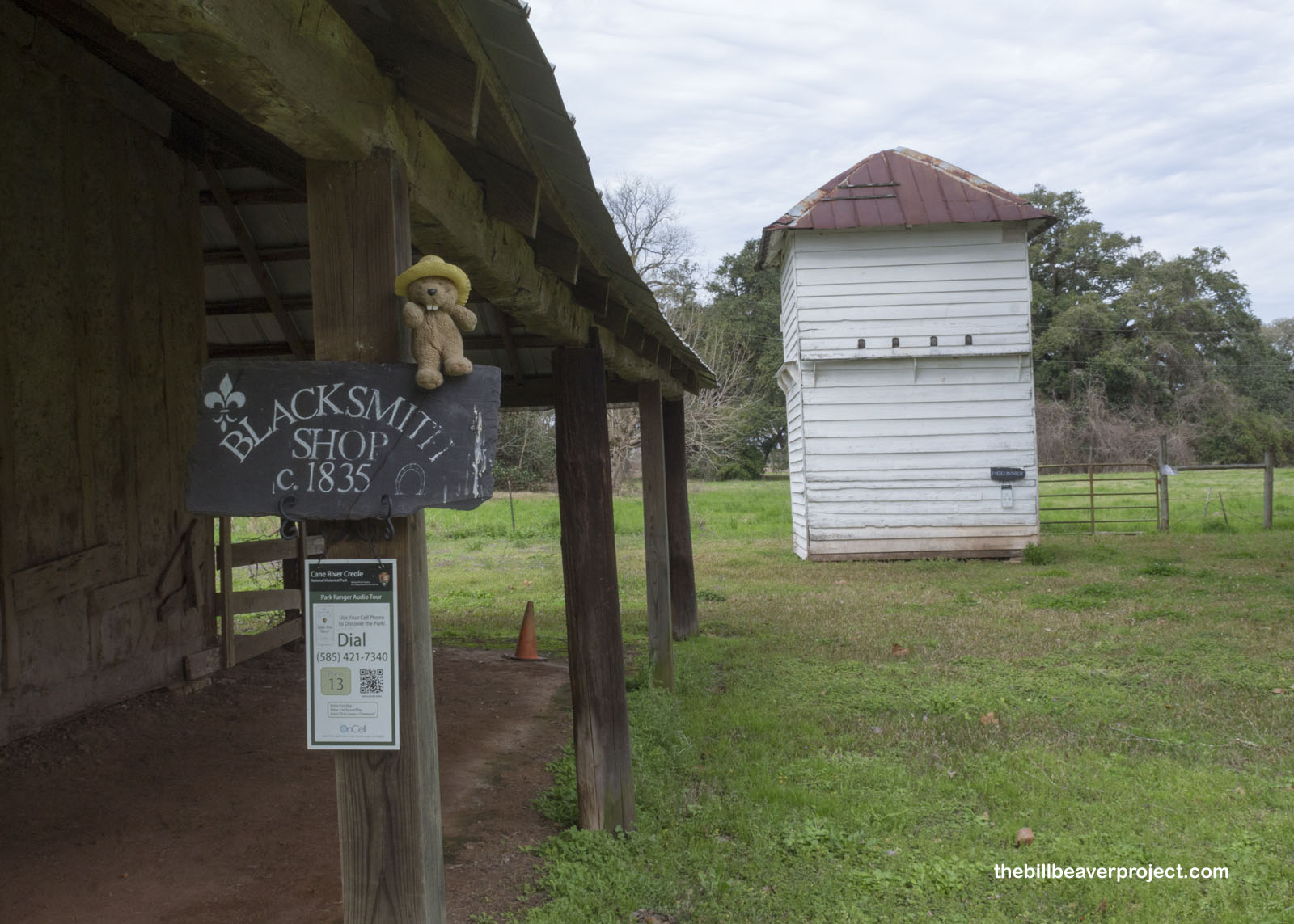 |
At the center of the Magnolia complex stands a peculiar building that began as a hospital to treat cholera and yellow fever that hit the plantation’s 275 slaves, but got converted into a home for the overseer and then the main family in 1864 after the Union Army burned their main house to the ground.
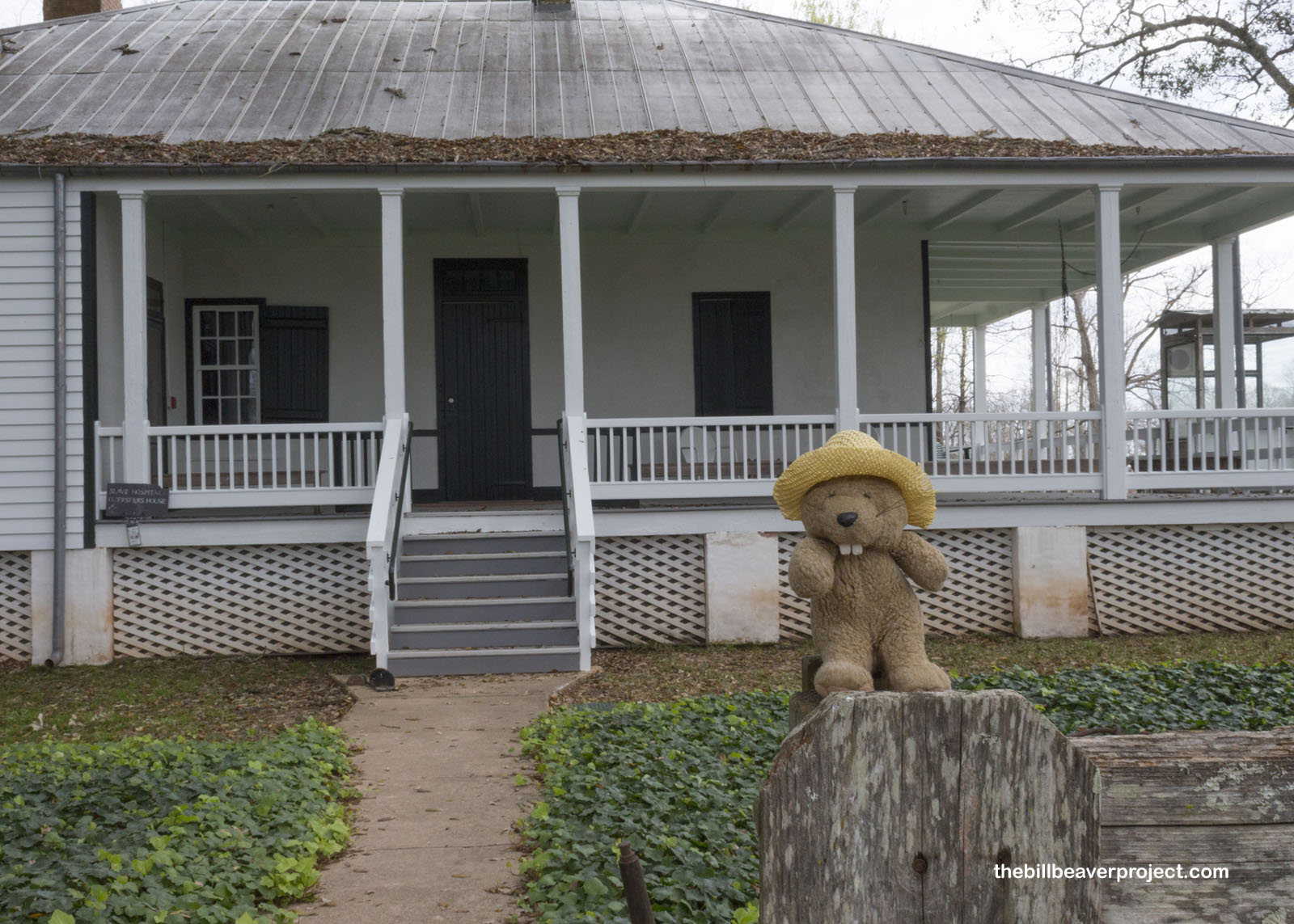 |
For the slaves who built this cotton empire, housing meant a two-bedroom brick cabin. Eight of the original 70 brick cabins are still standing in remarkably good shape. They’re believed to have been constructed by a 40-year old enslaved mason named Baptiste Maçon, who also may have led construction of the main home, but historical documents are sparse describing him. After Emancipation, these two-family slave homes became single-family homes for sharecroppers.
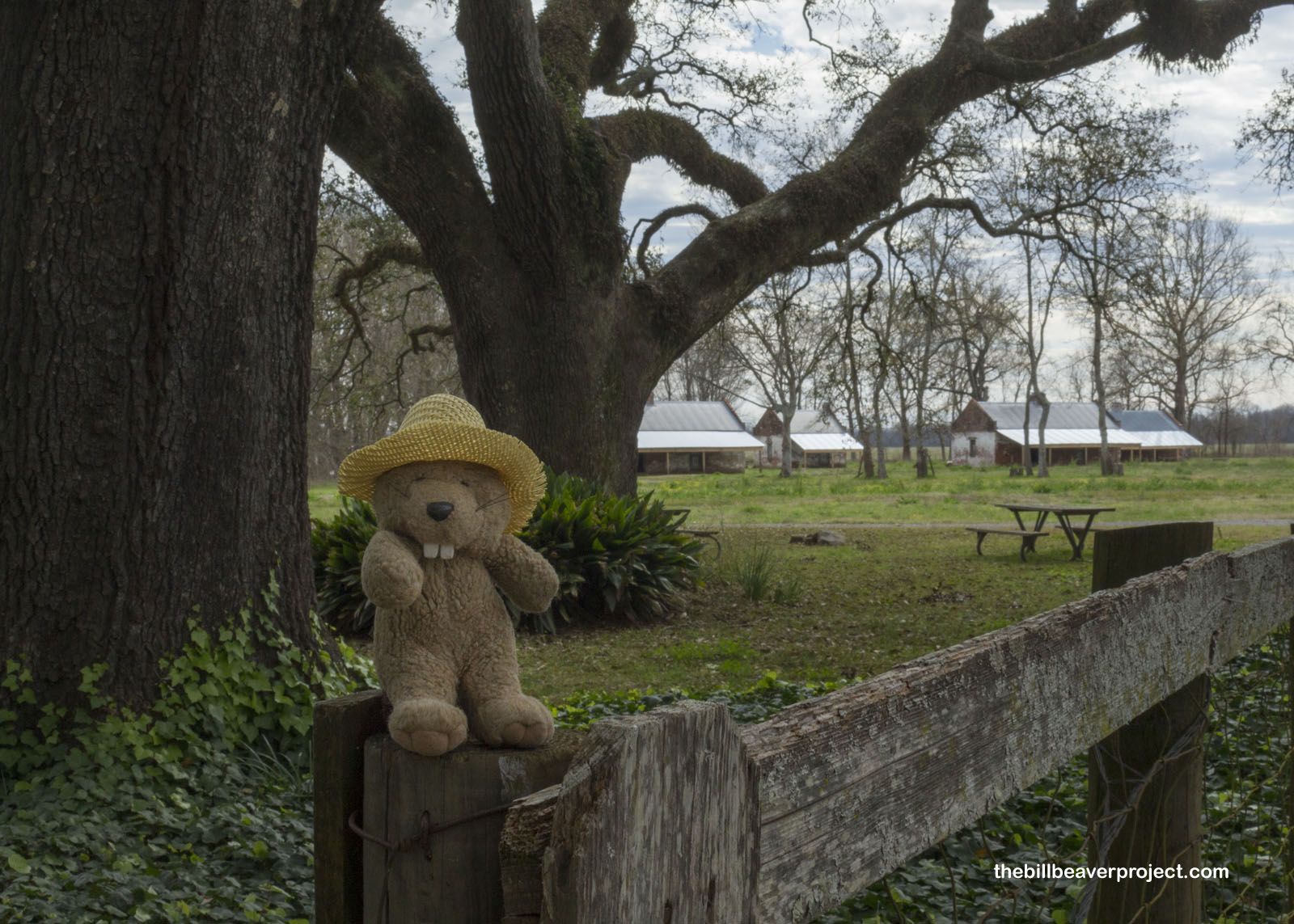 |
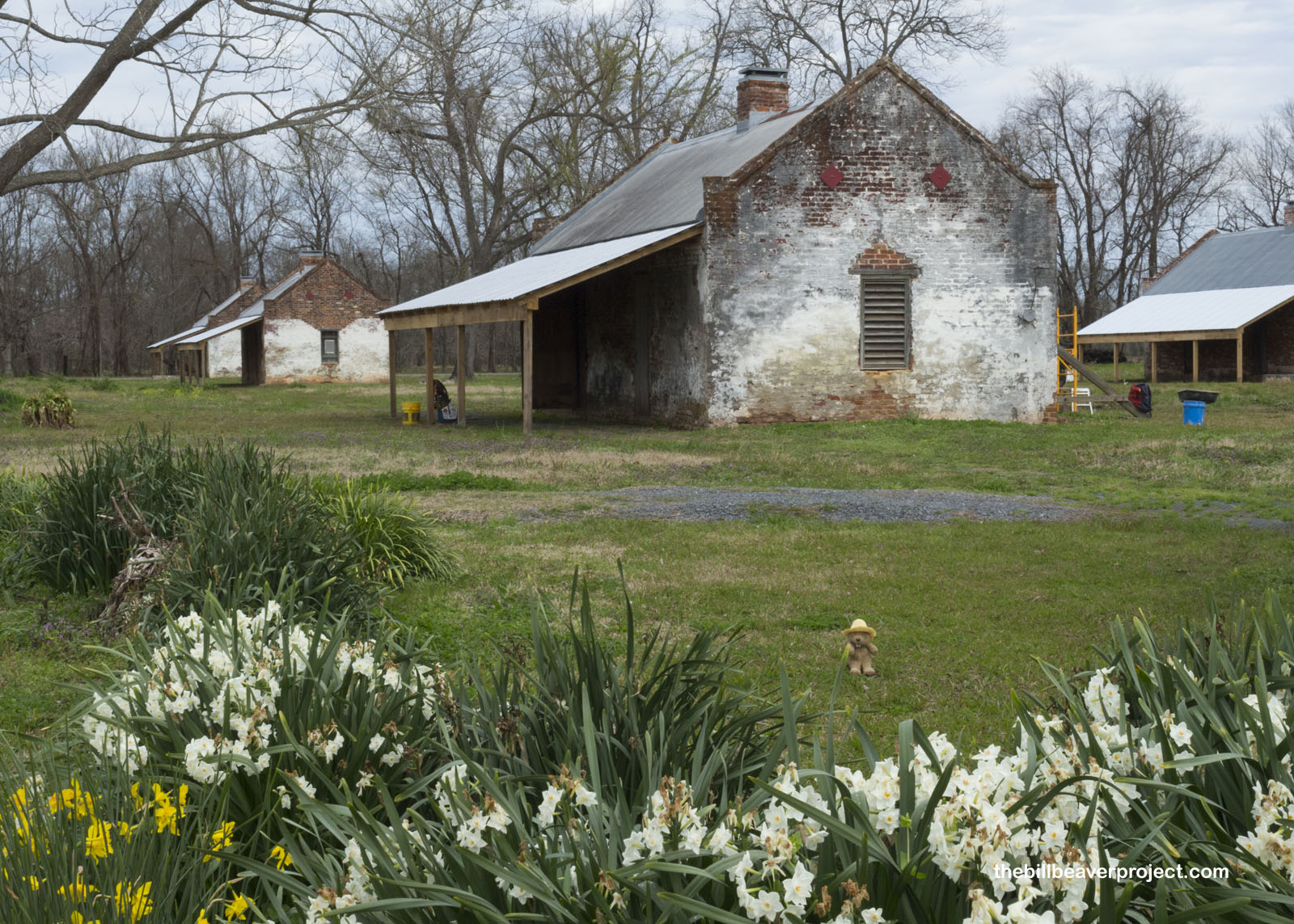 |
With the road closures, the site wasn’t really staffed, and the walk around the complex was pretty short, so even though it took forever to get to both plantations on this Presidents Day, they were both pretty quick to see in their entirety. Soon, I was heading back to New Orleans, passing floating homes in the swamp and even a traffic jam caused by a motel on wheels!
See you later, land of ‘gators!

 Previous Day |
Total Ground Covered: 1,215.0 mi (1,955.4 km) |
 More 2019 Adventures |
